
The journey from a reddish-brown rock to shiny aluminum metal seems complex. This process is energy-intensive, but understanding it reveals a fascinating display of industrial chemistry and engineering.
Aluminum is extracted from bauxite ore in a two-step process. First, the Bayer process refines bauxite into pure aluminum oxide (alumina). Then, the Hall-Héroult process uses electrolysis to smelt the alumina into pure aluminum metal.
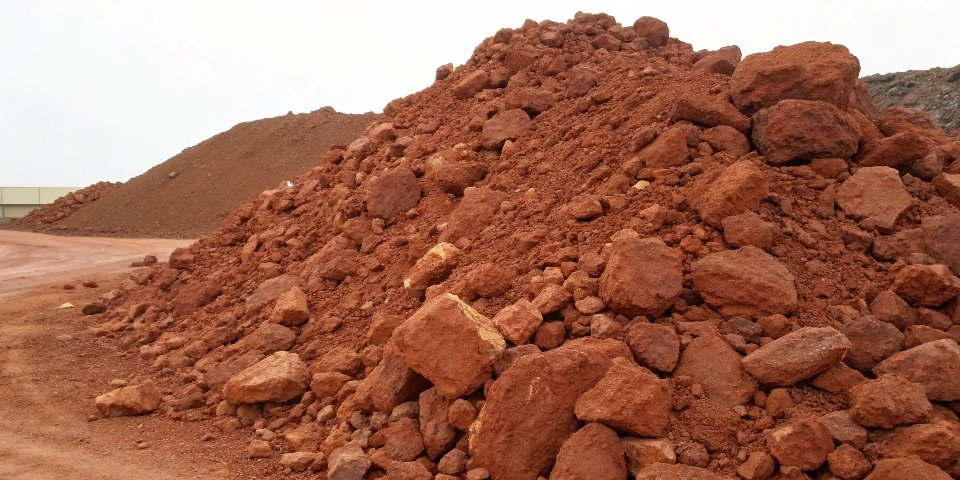
In my work, I’ve seen how raw materials are transformed into valuable products. The extraction of aluminum is a perfect example. It’s not a simple one-step task. It begins with a specific type of rock and ends with one of the most useful metals in the world. This transformation relies on precise chemical reactions and a huge amount of energy. Let’s break down exactly how this happens.
How is aluminium extracted from bauxite?
Transforming a rough ore like bauxite into refined aluminum feels almost like magic. The process requires specific, large-scale chemical reactions to unlock the metal hidden inside the rock.
Bauxite is first crushed and treated with a hot sodium hydroxide solution in the Bayer process to produce alumina. This alumina is then dissolved in molten cryolite and electrolyzed in the Hall-Héroult process to yield pure aluminum.
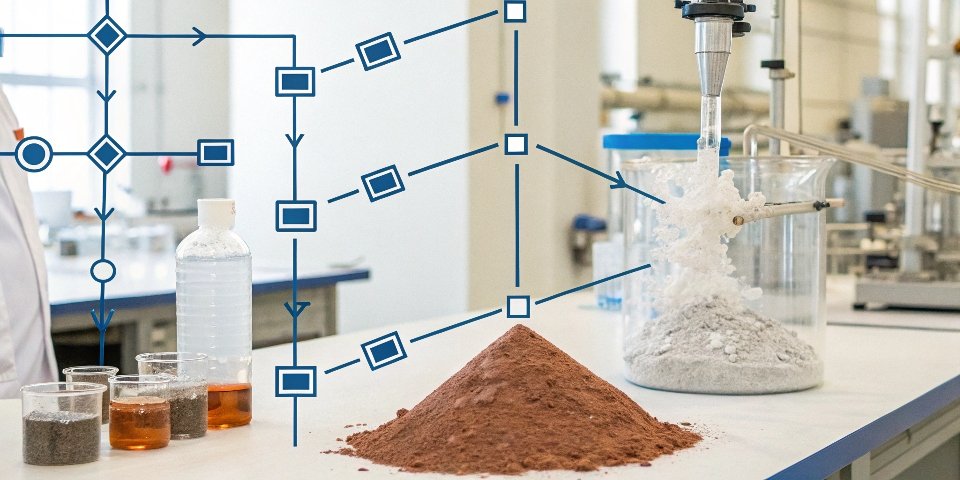
The extraction journey is a story in two parts. Each part has a distinct purpose and method. Getting this right is fundamental to the entire aluminum industry.
Step 1: The Bayer Process – From Bauxite to Alumina
First, the bauxite ore1 is ground into a fine powder. This powder is then mixed with a hot, concentrated solution of sodium hydroxide2 in large pressure vessels. This step, known as digestion, dissolves the aluminum-bearing compounds, forming a sodium aluminate solution. The impurities, like iron oxides, do not dissolve and are filtered out as a waste product called "red mud3." The clear sodium aluminate solution is then cooled. Tiny crystals of aluminum hydroxide are added to seed the precipitation. This causes pure aluminum hydroxide to crystallize out of the solution. Finally, this aluminum hydroxide is heated to over 1000°C in large kilns. This process, called calcination, drives off water and leaves a fine white powder: pure aluminum oxide, or alumina.
Step 2: The Hall-Héroult Process – From Alumina to Aluminum
Alumina has a very high melting point, over 2000°C. To melt it would require too much energy. Instead, the alumina is dissolved in molten cryolite4, a chemical that acts as a solvent and dramatically lowers the required temperature to around 950°C. This molten mixture is placed in a large carbon-lined steel pot, which acts as the negative electrode (cathode). Large carbon blocks are lowered into the mixture to act as the positive electrode (anode). A strong electric current is passed through the solution. This electricity breaks the bond between aluminum and oxygen. Molten aluminum metal sinks to the bottom of the pot, where it is tapped off. The oxygen reacts with the carbon anodes, creating carbon dioxide gas.
How is aluminium mined and extracted?
The process begins long before the factory. The journey from a deposit in the earth to a finished aluminum product is an enormous logistical and engineering challenge.
Aluminum production starts with bauxite, which is typically strip-mined from the ground in open-pit mines. After mining, the ore is transported to a refinery where it undergoes the two-stage chemical extraction process.
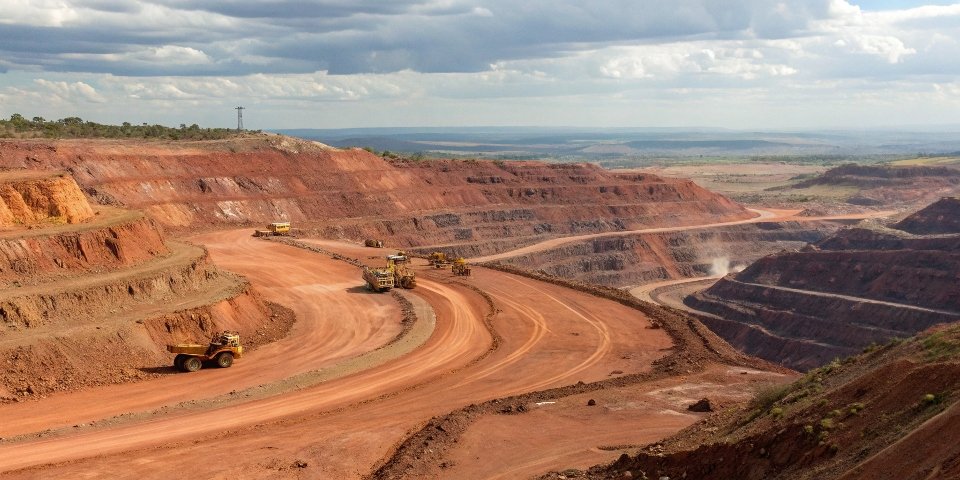
The first step in any manufacturing process is securing the raw material. For aluminum, that means getting bauxite out of the ground. This initial stage is just as important as the chemical processing that follows. Quality control starts right here, at the source.
The Mining Stage: Unearthing Bauxite
Bauxite ore is found near the surface, so it is usually mined in large open-pit or strip mines. The top layer of soil and rock is cleared away to expose the bauxite seam below. Then, large excavators and loaders dig up the ore and load it into massive trucks. The world’s largest bauxite deposits are located in countries like Australia, Guinea, China, and Brazil. Responsible mining operations include plans for land rehabilitation. After a mining area is exhausted, companies work to restore the topsoil and replant vegetation to minimize the environmental impact5. This is a crucial part of the mineral’s lifecycle.
From Mine to Refinery
The freshly mined bauxite is not yet ready for processing. It is first transported to a nearby facility where it is crushed into a more uniform and manageable size. It is also often washed to remove clay and other simple impurities. This preliminary preparation ensures that the material fed into the refinery is as consistent as possible. This ore is then loaded onto trains or ships for transport to a refinery. At the refinery, the real chemical extraction begins with the Bayer process. The quality and composition of this mined ore directly impact the efficiency of the entire extraction process that follows.
Which of the following methods is used for the extraction of aluminium?
When discussing industrial processes, using the right terminology is important. Misunderstanding the type of method used for aluminum can lead to confusion about how it works.
The extraction of aluminum uses a combination of hydrometallurgy and electrometallurgy. The Bayer process is hydrometallurgical, and the Hall-Héroult process is electrometallurgical. Both are essential for production.
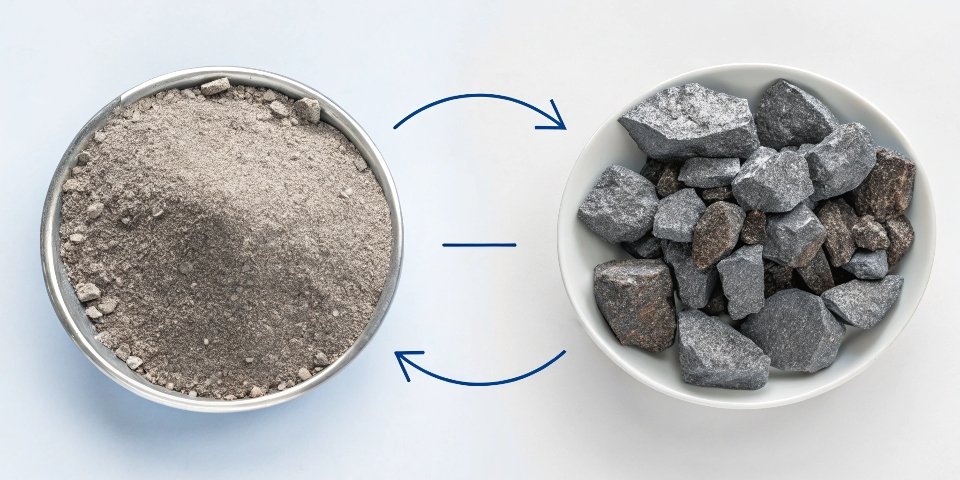
Breaking down the extraction into its scientific categories helps clarify exactly what is happening at each stage. It’s not just one single method, but a sequence of different types of metallurgical processes, each suited for a specific task.
Understanding Metallurgical Processes
In the field of metallurgy, there are three main categories for extracting metals from ores.
- Pyrometallurgy uses high heat (like in a furnace) to bring about chemical changes. Smelting iron from its ore using coke is a classic example.
- Hydrometallurgy uses water-based chemical solutions to leach the metal from the ore.
- Electrometallurgy uses electricity to reduce a metallic compound to its pure metal form.
Applying the Methods to Aluminum
Aluminum extraction is a perfect example of using a multi-step approach.
| Process Stage | Metallurgical Method | Description |
|---|---|---|
| Bauxite Refining | Hydrometallurgy (Bayer Process) | Uses a hot aqueous chemical solvent (sodium hydroxide) to leach aluminum compounds from the bauxite ore1, purifying it into alumina. |
| Alumina Smelting | Electrometallurgy (Hall-Héroult) | Uses a massive amount of electricity to split the strong chemical bonds in alumina, reducing it to pure aluminum metal. |
Pyrometallurgy alone, like smelting with carbon, doesn’t work for aluminum because of its chemical properties. This makes the combination of hydrometallurgy and electrometallurgy the only commercially viable way to produce it from ore.
Why is aluminium so hard to extract?
Aluminum is the most abundant metal in the Earth’s crust. This fact creates a paradox: if it’s so common, why was it more valuable than gold for a time?
Aluminum is very hard to extract because it is a highly reactive metal. It forms an incredibly strong chemical bond with oxygen in its ore, alumina (Al₂O₃). This bond cannot be broken by traditional smelting and requires energy-intensive electrolysis.
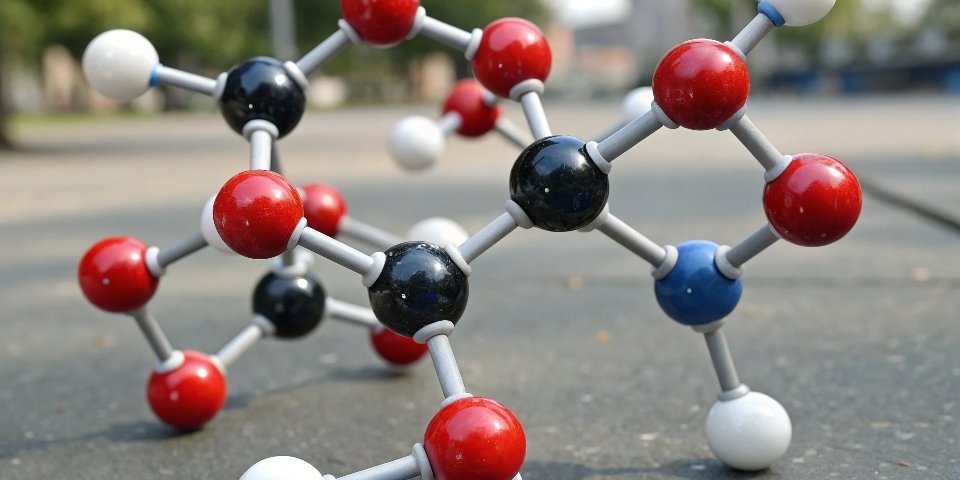
The difficulty of extracting aluminum is purely down to chemistry. The strength of the bond aluminum forms with other elements, particularly oxygen, is the core of the challenge. Overcoming this bond is the reason for the complex and expensive process we use today.
The Strength of the Aluminum-Oxygen Bond
In the chemical reactivity series, aluminum sits high above many other metals, including carbon. This means aluminum is very reactive. When smelting iron ore, carbon is used in a blast furnace to strip oxygen away from the iron. This works because carbon is more reactive than iron. However, carbon is less reactive than aluminum. So, if you try to heat alumina with carbon, nothing happens. The aluminum holds onto its oxygen atoms too tightly. The aluminum-oxygen bond6 is one of the strongest in nature, and breaking it requires a huge amount of force.
The Energy-Intensive Solution: Electrolysis
Since chemical reduction with carbon isn’t an option, a more powerful method is needed. The Hall-Héroult process provides this power in the form of a massive electric current. Electrolysis uses electrical energy to force a chemical reaction that would not happen otherwise. This is why aluminum production consumes so much electricity. Aluminum smelters are often built near large, affordable power sources, like hydroelectric dams. This high energy cost is also why recycling aluminum7 is so beneficial. Recycling an aluminum can saves more than 95% of the energy required to make new aluminum from bauxite ore.
Conclusion
Extracting aluminum from bauxite is a complex two-stage process. The Bayer and Hall-Héroult methods are necessary because of the strong aluminum-oxygen bond, making the process difficult but essential.
-
Discover the importance of bauxite ore as the primary source of aluminum and its role in the extraction process. ↩ ↩
-
Learn how sodium hydroxide is used to refine bauxite into alumina in the Bayer process. ↩
-
Find out about red mud, the waste product of the Bayer process, and its environmental implications. ↩
-
Explore the function of cryolite in lowering the melting point of alumina during the Hall-Héroult process. ↩
-
Understand the environmental challenges associated with aluminum extraction and mining. ↩
-
Learn about the strength of the aluminum-oxygen bond and its implications for extraction. ↩
-
Discover the benefits of recycling aluminum and how it saves energy compared to new production. ↩
You may also be interested in:
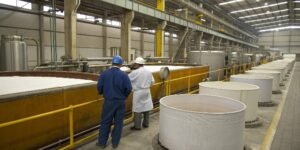
How is sodium hydroxide used in the paper industry?
Paper production is a complex process. Using the wrong chemicals can ruin pulp quality and increase costs. Sodium hydroxide is a key chemical that solves many of these challenges. Sodium

What Are the Core Properties and Production Methods of Aluminum Hydroxide?
Finding reliable aluminum hydroxide is hard. Inconsistent quality can ruin your products. Let’s explore its core properties and how it’s made, so you can source with confidence. Aluminum hydroxide is
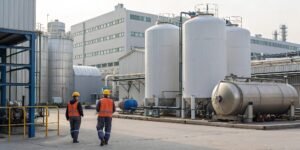
China Low Viscosity Aluminum Hydroxide Manufacturers?
Are you tired of searching for direct aluminum hydroxide factories in China? The process can be confusing, and you might be dealing with traders who raise prices. The most prominent

Is Al(OH)3 a solid, liquid or a gas?
Are you confused about the basic physical state of aluminum hydroxide? This uncertainty can cause problems in handling and application. Let’s clear up this fundamental question right away. Aluminum hydroxide,

Aluminum Trihydrate (ATH) Supplier in India?
Finding reliable suppliers in a vast market can be overwhelming. Do you risk quality for cost or balance both? India offers several qualified Aluminum Trihydrate (ATH) suppliers known for quality
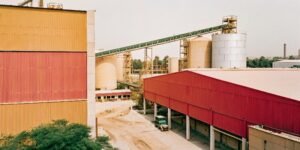
Aluminium Trihydrate Manufacturers Suppliers New Delhi?
Looking for reliable aluminium trihydrate sources in New Delhi can be overwhelming. The quality and delivery times vary. How can you find the right supplier? To find aluminium trihydrate manufacturers

Aluminium Hydroxide at Lowest Price in Bhavnagar?
Finding affordable aluminum hydroxide seems challenging, right? Manufacturers often struggle with cost, but there are ways to secure competitive prices in Bhavnagar. The best way to get low prices on

How is sodium hydroxide used in the paper industry?
Papermaking needs pure pulp, but lignin makes it weak and yellow. How do you fix this? Sodium hydroxide is the essential chemical that effectively removes these unwanted impurities. Sodium hydroxide,

Properties and Production of Aluminium Hydroxide?
Are you struggling to find a consistent, high-quality supply of aluminum hydroxide? Price fluctuations and unreliable quality from middlemen can harm your business and disrupt your production schedule. Aluminum hydroxide

How is Fine Aluminum Hydroxide Precipitated from Bayer Liquors?
Struggle with inconsistent aluminum hydroxide? Worried that poor particle size will compromise your product quality? We master the precipitation process to deliver the fine, consistent powder you require. To precipitate